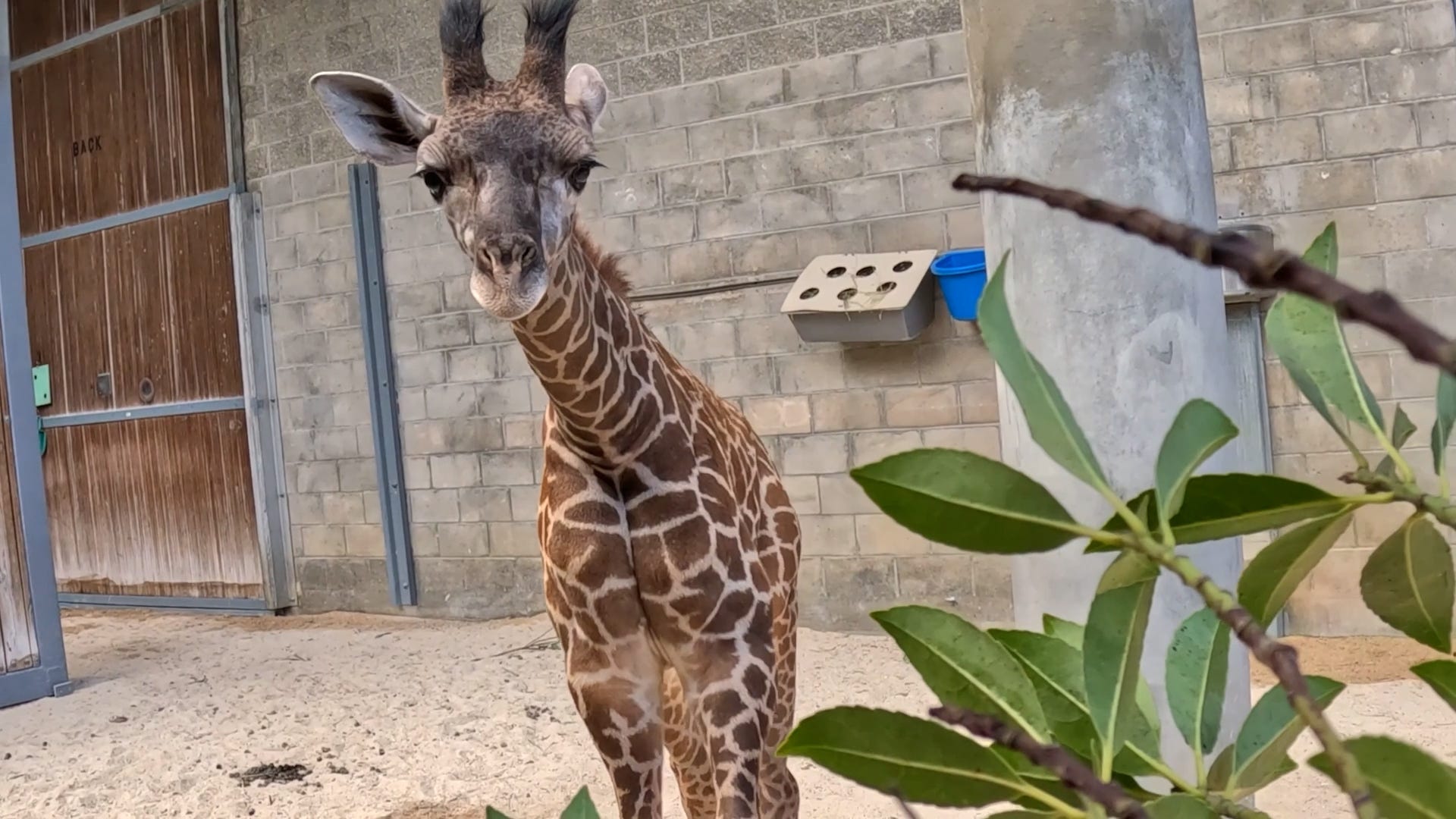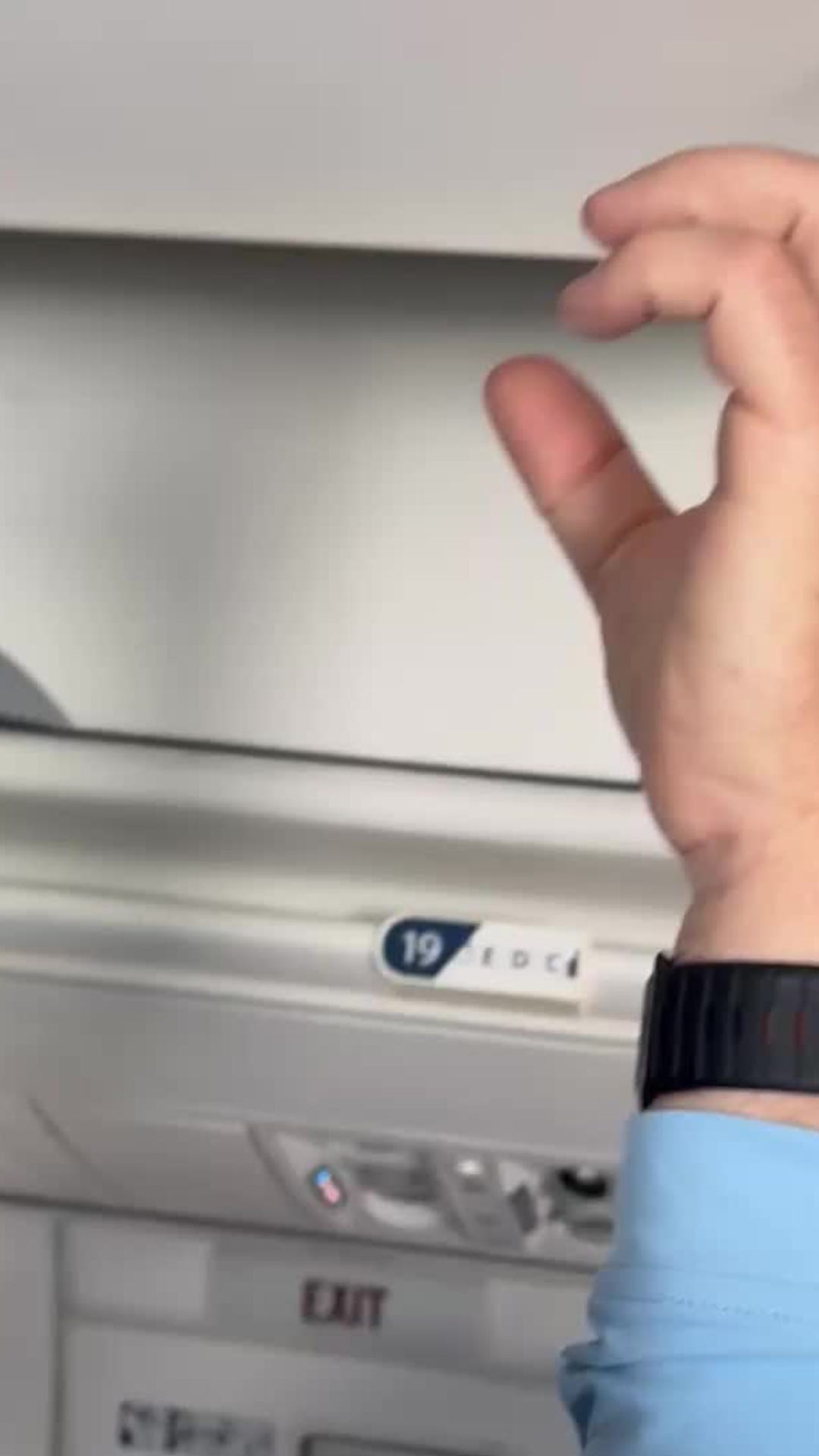Not Just For Thrills: The Real-life Magic Disney Is Working To Save Animals

- Disney's Animal Kingdom showcases endangered animals like the Masai giraffe, African elephant, and Sumatran tiger.
- The park emphasizes animal care and conservation efforts, including breeding programs and habitat design.
- Disney supports global conservation projects through the Disney Conservation Fund.
BAY LAKE, Fla. – I was not expecting to cry at Disney’s Animal Kingdom. But, as parrots of every color flew over me, creating a feathery rainbow, I couldn’t help but tear up.
“There are more people gathered to watch than there are blue-throated macaws left in the wild,” Dr. Mark Penning, vice president of Animals, Science and Environment at Disney Experiences, told me ahead of Winged Encounters, an open-air show held near the Tree of Life. “We want to try and help people think a little bit about birds and birds in the wild.”
Guests can see various rare birds in the show and many other imperiled species at Animal Kingdom, but they aren’t just there for entertainment. Here’s what guests should know about the animals at Walt Disney World and their counterparts beyond the parks.
Animal Kingdom is known for its rich, immersive themed lands representing real regions like Asia and Africa as well as fictional destinations like Pandora – The World of Avatar and the sunsetting DinoLand U.S.A. But its biggest attractions aren’t rides. They’re the animals.
On Monday, the park debuted a new addition: Tucker, a baby Masai giraffe, whom guests can now see on popular Kilimanjaro Safaris. That's also where they’ll find Corra, an African elephant calf born at Animal Kingdom in late 2023. She's easy to spot because she still looks tiny compared to her mom and aunts. Over on the Maharajah Jungle Trek in the park’s Asia section, Bakso, the Sumatran tiger cub, is already much bigger than when he debuted a few months ago.
All three are important because their species are endangered. Sumatran tigers are actually critically endangered, with fewer than 600 left in the wild and managed care, according to the park.
“These animals here are ambassadors for those animals (in the wild),” Claire Martin, senior manager of Nature Strategy & Integration with Disney’s Corporate Environmental Sustainability team, said of all the animals across the park, Disney’s Animal Kingdom Lodge and the Seas at EPCOT. “They're a way for people to learn more, to connect, to want to learn more about what's happening in the wild.”
There is no shortage of learning opportunities across Animal Kingdom. Cast members eagerly answer guest questions and volunteer information. Kids and kids at heart can take part in the free Wilderness Explorers program and collect sticker badges by participating in educational experiences around the park. Guests can also see animal care in action at Rafiki’s Planet Watch.
“Our veterinary facilities are on show to the guests, so guests can stand there and watch a procedure happening on a gorilla or a tiger,” Penning said. “And I am quite certain that that window has inspired more folks to become veterinarians or vet techs than any textbook or any film even could have.”
Backstage, the animals are trained to participate in their care with high-value treats.
“We don't make them do anything. You can't make a 400-pound gorilla do anything anyway,” 11-year cast member and keeper Kristen Otterson, who goes by K.O., said with a laugh along the Gorilla Falls Exploration Trail. “When we're training them, we use fruit and stuff, but it would be like if you came up to me with like cheesecake. I'm not going to refuse that often.”
The animals always have a choice.
“If it's something we need them to do, we will step away, take a pause, and step away and do something else and come back, and oftentimes that reset will be all that you need,” she said. “If it's just, I'm asking you for a thing that doesn't need to be done today, then we maybe just don't do it today, and that's OK, too.”
The animals’ habitats are also designed with comfort in mind. The tigers, for instance, have room to run and various elevations to keep an eye on other animals in the distance, like they would in the wild, Penning explained. The flamingos near the front of the park have a mirror out of guests’ sight, so when the birds look at it, there appear to be more of them, which helps make them feel safe. The Komodo dragon has a specially heated rock to lie on to warm its core. It sauntered out to do so, almost as if on cue, as we looked on.
“That's a really comfortable, happy Komodo expressing its normal behavior,” Penning said, adding that basking in the sun is a sign of thriving and not just surviving for that species.
All the animals, aside from fish, also have a safe space backstage where they can rest away from guests.
Disney’s conservation efforts aren’t limited to its parks. For years, Disney has helped monitor and protect sea turtles near its Vero Beach Resort and more recently other wildlife at Disney Cruise Line’s newest private island, Lookout Cay at Lighthouse Point.
“We didn't just want to create a place that was amazing for guests and for cast, but it was equally important that it was a place where wildlife could thrive,” said Dr. Jason Fischer, a conservation manager with Disney’s Conservation team, who works on the latter project.
Through the Disney Conservation Fund, which celebrates its 30th anniversary this year, Disney also supports community-based conservation programs around the world. Some of those programs include Conservation Fusion, which works with youth to plant trees for lemur habitat in Madagascar, and the Wildlife Conservation Network’s Lion Recovery Fund, which aims to double the lion population – which Martin said has plummeted by half since “The Lion King” premiered in 1994.
“If you are going to have a park dedicated to animals, there's a responsibility to care for them in the wild,” she said.
Animal Kingdom also helps directly, sending its experts into the field to share what they’ve learned and bring learnings back. Among other species, the park has also carefully bred blue-throated macaws and last year sent 14 down to Bolivia to help bolster their critically endangered population in the wild, through a breeding program with World Parrot Trust.
“Sounds like a pretty magical sight to see, sky full of macaws, full of color, and a sight you may never get to see in your lifetime,” a cast member announced through speakers during Winged Encounters. “But here at Disney’s Animal Kingdom, all you have to do is take a look to the sky.”
With those words, the rainbow of birds took flight, eliciting excited gasps and hoots from gathered guests. The hope is that they will also be moved to action.
“People come here to see these animals, and they can be a part of the work to protect them,” Martin said.
The reporter on this story received access from Disney. USA TODAY maintains editorial control of content.


